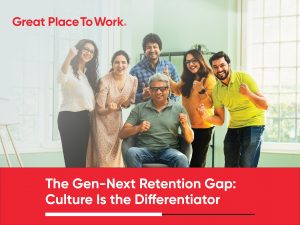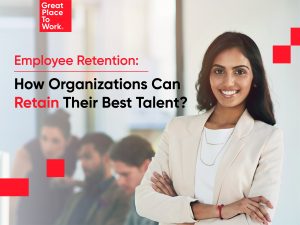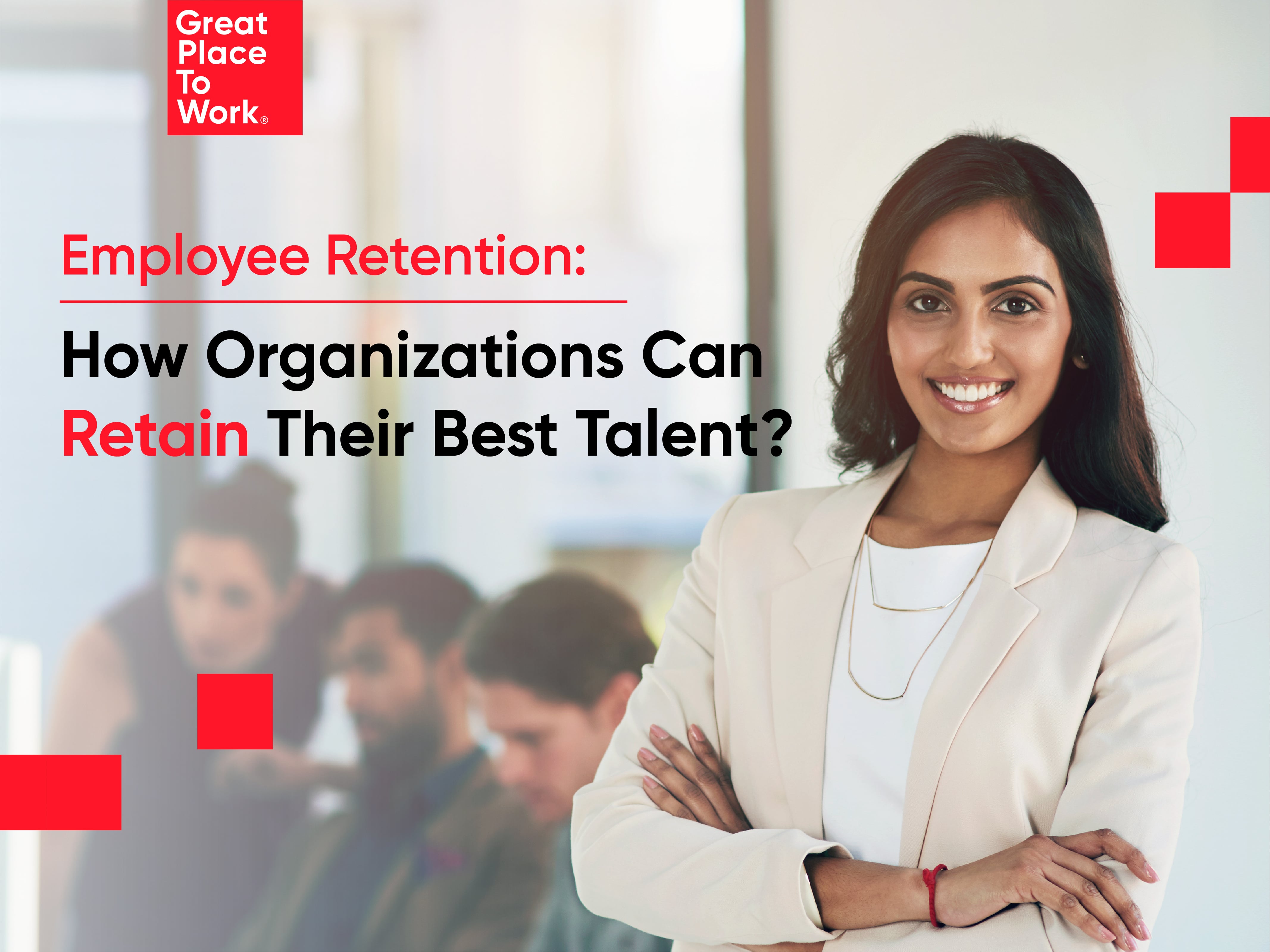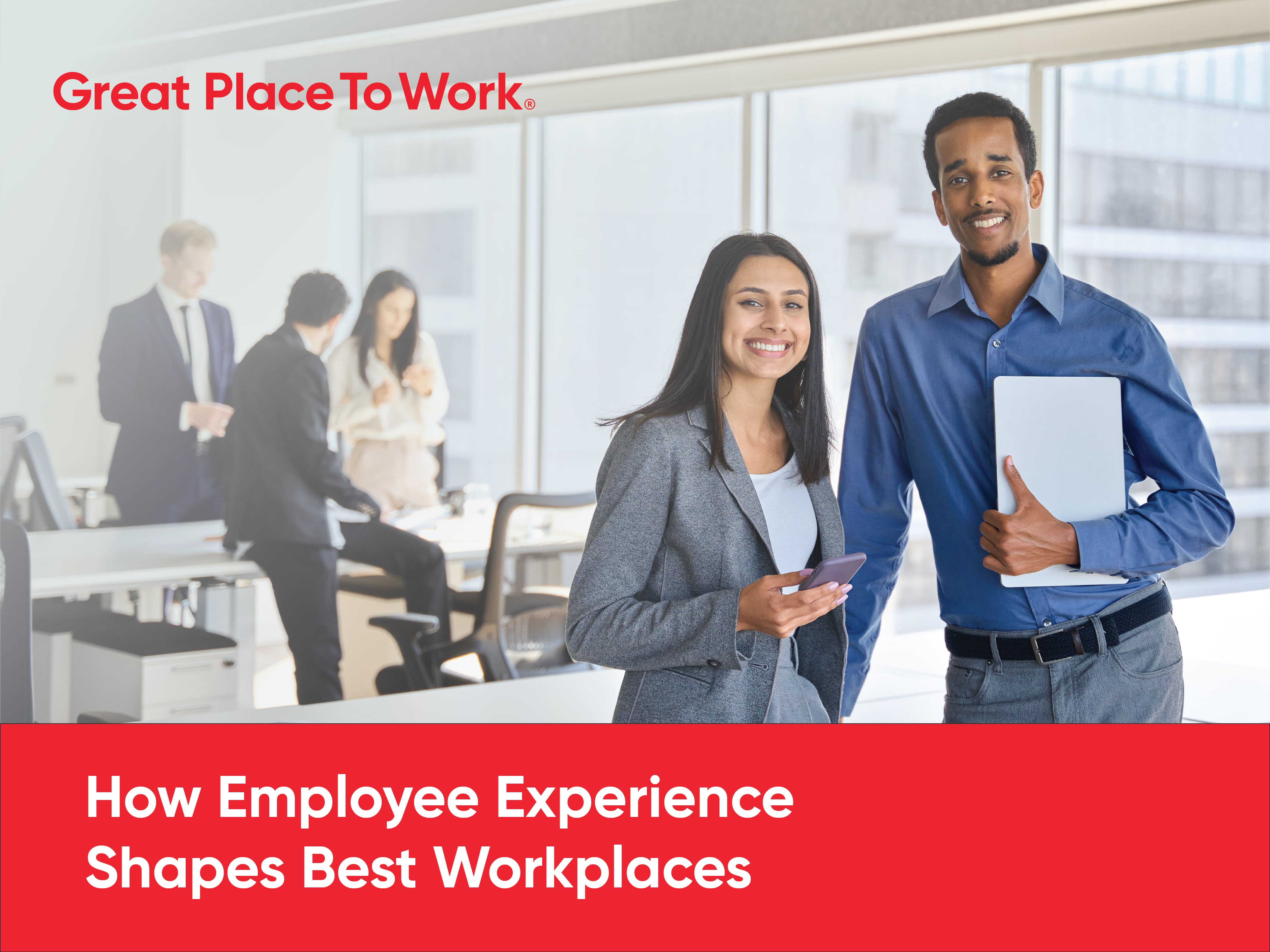Reading Time: 6 minutes
In an era where organizational success hinges on innovation and adaptability, one truth stands increasingly clear: companies that empower women don’t just promote equality—they catalyze extraordinary business outcomes. While the dialogue around women’s participation in the workforce has intensified, recent data reveals both promising developments and persistent challenges that demand our attention. The historical contributions of women as the backbone of economies and societies have often gone unrecognized, but today’s organizations are beginning to understand that when women are empowered to participate fully, the ripple effects transform entire industries.
The Current Landscape: Progress and Plateaus

The journey of women in the workforce tells a story of both advancement and stagnation. After steady growth from 2021 to 2023, women’s representation has hit a concerning plateau at 26%, with merely 16% occupying executive or C-suite positions. This stagnation signals a crucial reality: passive progress is no longer sufficient to drive meaningful change. The steep decline in workforce participation over the last decade, driven by cultural expectations, deep-rooted social norms, and caregiving responsibilities, highlights the complexity of the challenge we face.
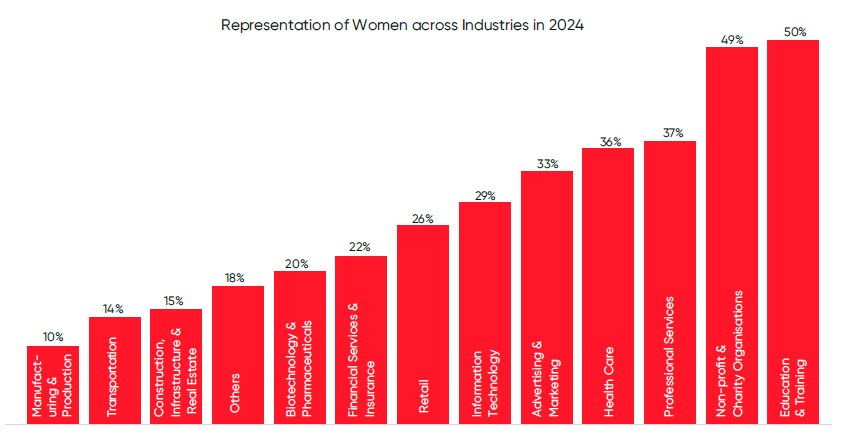
The disparity becomes even more pronounced across sectors. While education and non-profit organizations lead with nearly 50% women representation, traditional male-dominated industries like manufacturing, transportation, and construction continue to lag significantly behind.
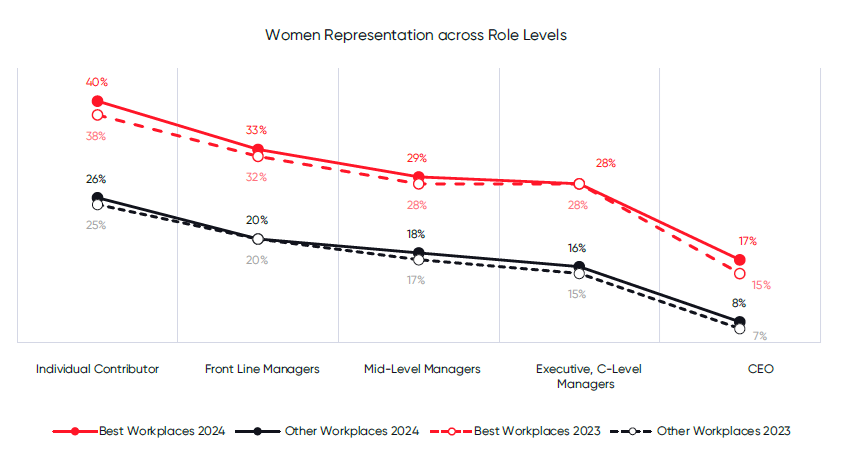
More troubling still is the World Economic Forum’s projection that achieving gender parity in economic participation could take up to 131 years at the current pace. This timeline serves as a stark reminder that transformative action is needed now.
Beyond Numbers: The Experience Gap
Raw representation statistics tell only part of the story. Recent sentiment analysis reveals a growing emotional disconnect in women’s workplace experiences. A concerning trend shows fewer women feeling appreciated or believing in management’s commitment to their words. Only 65% feel they receive fair compensation from their company’s profits, highlighting a widening chasm between leadership and employees. This disconnect is further amplified by increasing perceptions of favoritism and workplace politics.
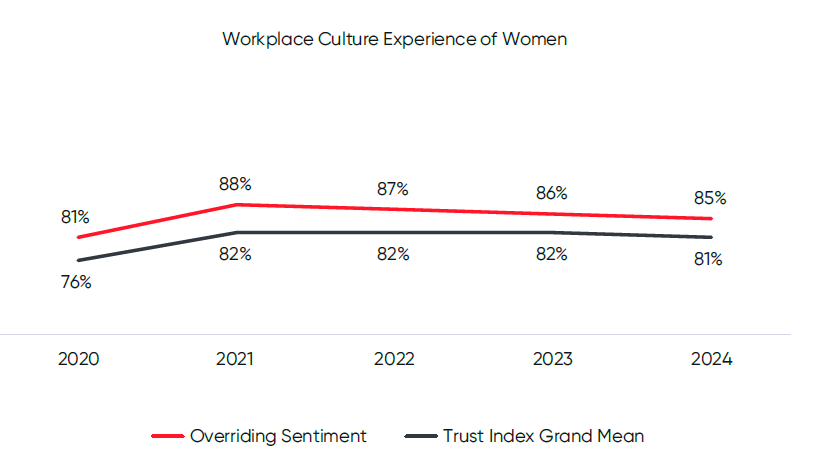
While 95% of women report feeling physically safe at work, true engagement stems from deeper factors: feeling valued, heard, and treated fairly.
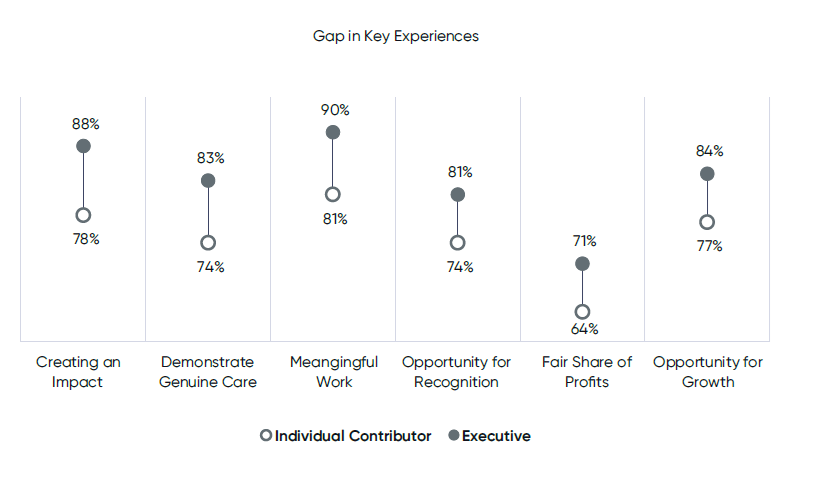
The transition from individual contributors to leadership positions remains a significant hurdle, evidenced by a 7% gap in growth opportunities between executives (84%) and individual contributors (77%). This disparity in career development opportunities underscores the need for more equitable advancement pathways across all organizational levels.
Understanding the Retention Challenge
Social and workplace conditions often contribute to women’s workforce attrition. The Global Gender Gap Report indicates this is a widespread issue across industries, particularly in countries like India. Research consistently shows that fairness, growth opportunities, and recognition are key drivers affecting women’s intent to stay in the workplace. Organizations must recognize that creating an environment where women can thrive requires addressing these fundamental aspects of the work experience.
Best Workplaces: Setting the Gold Standard
What sets Best Workplaces apart in this landscape? The answer lies in their comprehensive approach to women’s empowerment. These organizations have demonstrated that supporting women’s advancement isn’t just about meeting quotas—it’s about fostering an environment where women can thrive at every level. Their success is built on understanding that having women as role models across all levels is crucial for building a strong pipeline of leadership talent.
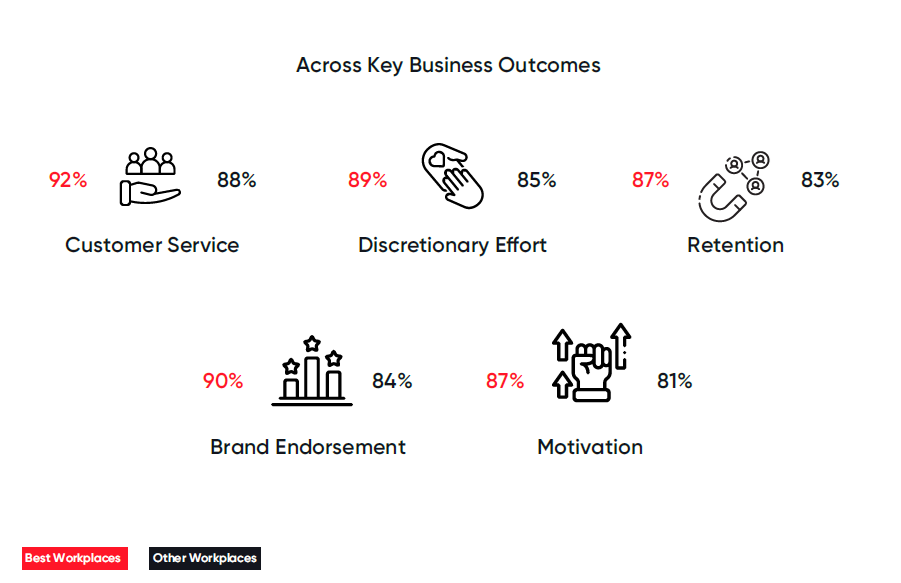
The results speak volumes: Best Workplaces boast twice the number of women CEOs compared to other organizations. Their success extends beyond leadership demographics, with 90% of employees expressing pride in their company’s brand and 92% reporting high customer satisfaction. Perhaps most tellingly, 87% of employees indicate strong intent to stay, while 89% consistently go above and beyond in their contributions. These organizations report up to 9% more positive experiences in key areas that drive retention compared to other workplaces.
The Blueprint for Change
Creating an inclusive workplace requires a strategic, multi-faceted approach that addresses both systemic barriers and individual needs:
1. Strategic Recruitment
Successful organizations implement targeted recruitment strategies, including:
- Setting clear diversity targets aligned with organizational goals
- Using gender-neutral language in job postings to eliminate unconscious bias
- Implementing blind hiring processes to ensure fair evaluation
- Developing comprehensive returnship programs for women rejoining the workforce
- Showcasing success stories of women within the organization to inspire others
2. Engagement and Development
Retention hinges on creating an environment where women can flourish:
- Offering flexible work arrangements that accommodate various life stages
- Providing equal growth opportunities through transparent promotion processes
- Establishing mentorship programs that connect women with senior leaders
- Creating women’s networks and resource groups for peer support
- Implementing focused leadership development initiatives
- Ensuring equal access to high-visibility projects and opportunities
- Providing comprehensive support for work-life integration
3. Measurement and Accountability
Progress requires regular monitoring and adjustment:
- Establishing robust feedback mechanisms at all organizational levels
- Conducting regular focus groups to understand women’s experiences
- Setting measurable goals with clear timelines and accountability
- Maintaining transparent reporting on diversity metrics
- Analyzing retention data to address attrition causes
- Implementing regular pay equity audits
- Tracking promotion rates and career progression patterns
The Business Case for Women’s Empowerment
The impact of women’s empowerment extends far beyond social responsibility. Best Workplaces consistently demonstrate superior outcomes in:
- Customer service excellence through diverse perspectives
- Brand loyalty from both employees and customers
- Employee discretionary effort and innovation
- Workplace motivation and team collaboration
- Innovation and problem-solving through diverse thinking
- Market understanding and product development
- Overall organizational resilience and adaptability
Looking Ahead: The Path Forward
As we navigate the evolving workplace landscape, organizations must move beyond surface-level initiatives to create lasting change. This requires:
1. Leadership Commitment:
- Beyond verbal support, leaders must allocate resources and lead by example
- Regular communication of commitment to diversity and inclusion
- Active participation in mentorship and sponsorship programs
- Personal accountability for diversity goals
2. Cultural Transformation:
- Organizations need to address unconscious biases through comprehensive training
- Create systems that support women through various life stages
- Foster an environment where speaking up is encouraged and valued
- Develop inclusive policies that consider diverse needs and perspectives
3. Sustainable Progress:
- Regular measurement and communication of key metrics
- Continuous adjustment of strategies based on feedback and results
- Integration of diversity goals into business strategy
- Development of long-term talent pipelines
The message is clear: organizations that genuinely commit to women’s empowerment don’t just contribute to social progress—they position themselves for sustained success in an increasingly competitive business landscape. As we look to the future, the question isn’t whether to prioritize women’s empowerment, but how quickly organizations can adapt to this imperative for change.
The time for incremental progress has passed. Organizations must take bold steps to create workplaces where women don’t merely participate but lead, innovate, and transform. In doing so, they won’t just be supporting women’s advancement—they’ll be securing their own path to excellence in the modern business world. The success of Best Workplaces proves that when organizations create truly inclusive environments, everyone wins—employees, customers, and the bottom line.
Get Certified to Showcase Your Commitment
Achieving Great Place To Work® Certification™ is an excellent way to demonstrate your organization’s commitment to employees’ overall wellbeing and experience. This Certification not only enhances your employer branding but also helps attract and retain top talent. It highlights to current and prospective employees that your organization values their health, happiness, and overall wellbeing.
By implementing a culture of trust, respect, and collaboration, you can create a workplace where employees feel strong, healthy, and connected. Certification also provides a benchmark for continuous improvement, helping you identify areas where you can further enhance employee well-being and overall workplace culture.
For All Summit 2025: Vision to Value – Building Workplaces That Matter
Join us on February 6, 2025, in Mumbai for an enlightening day filled with insights on creating sustainable, humane, and inclusive workplaces. Learn from industry leaders about purpose-driven cultures, innovative HR practices, and adaptive leadership strategies.
Get your passes today – https://www.greatplacetowork.in/for-all-summit



